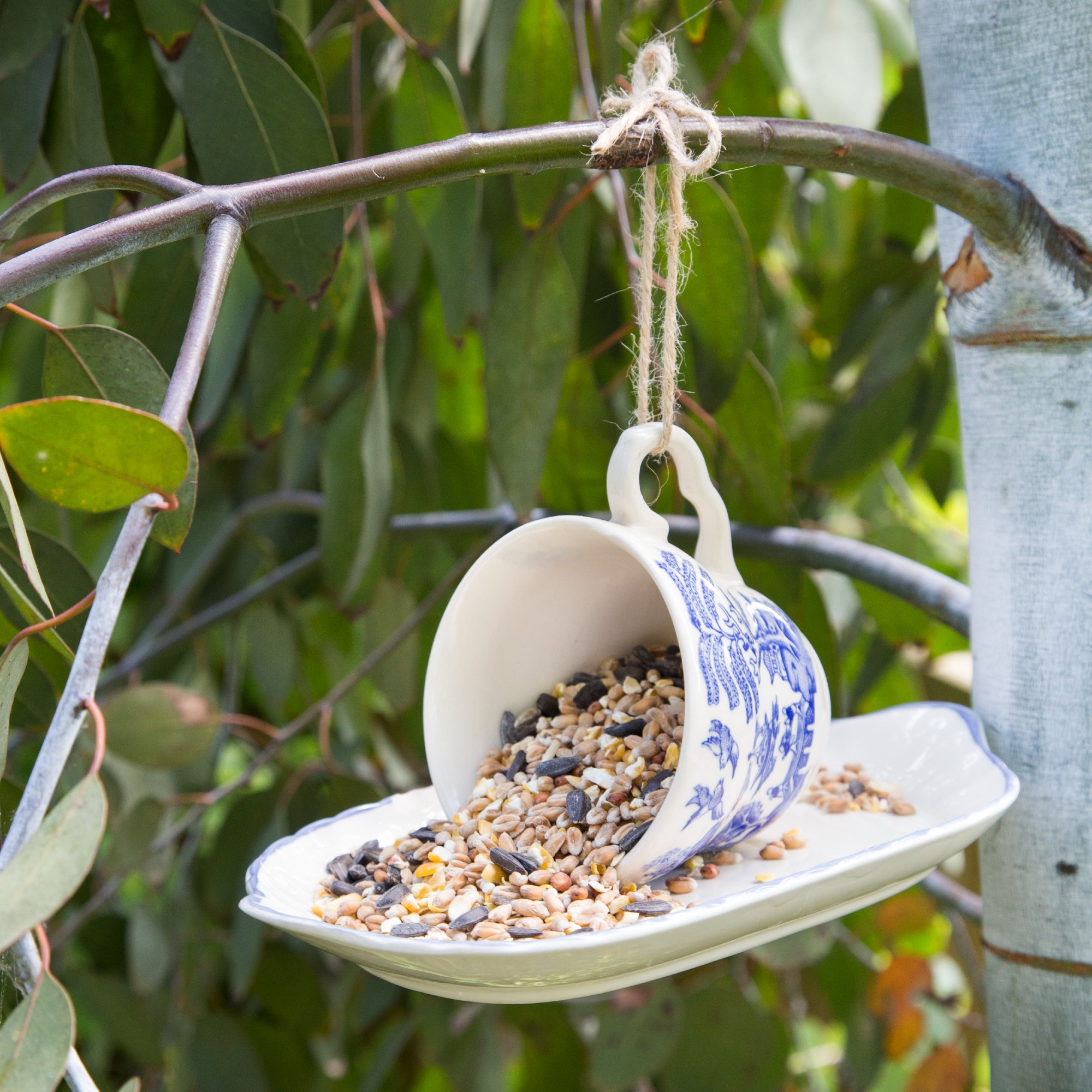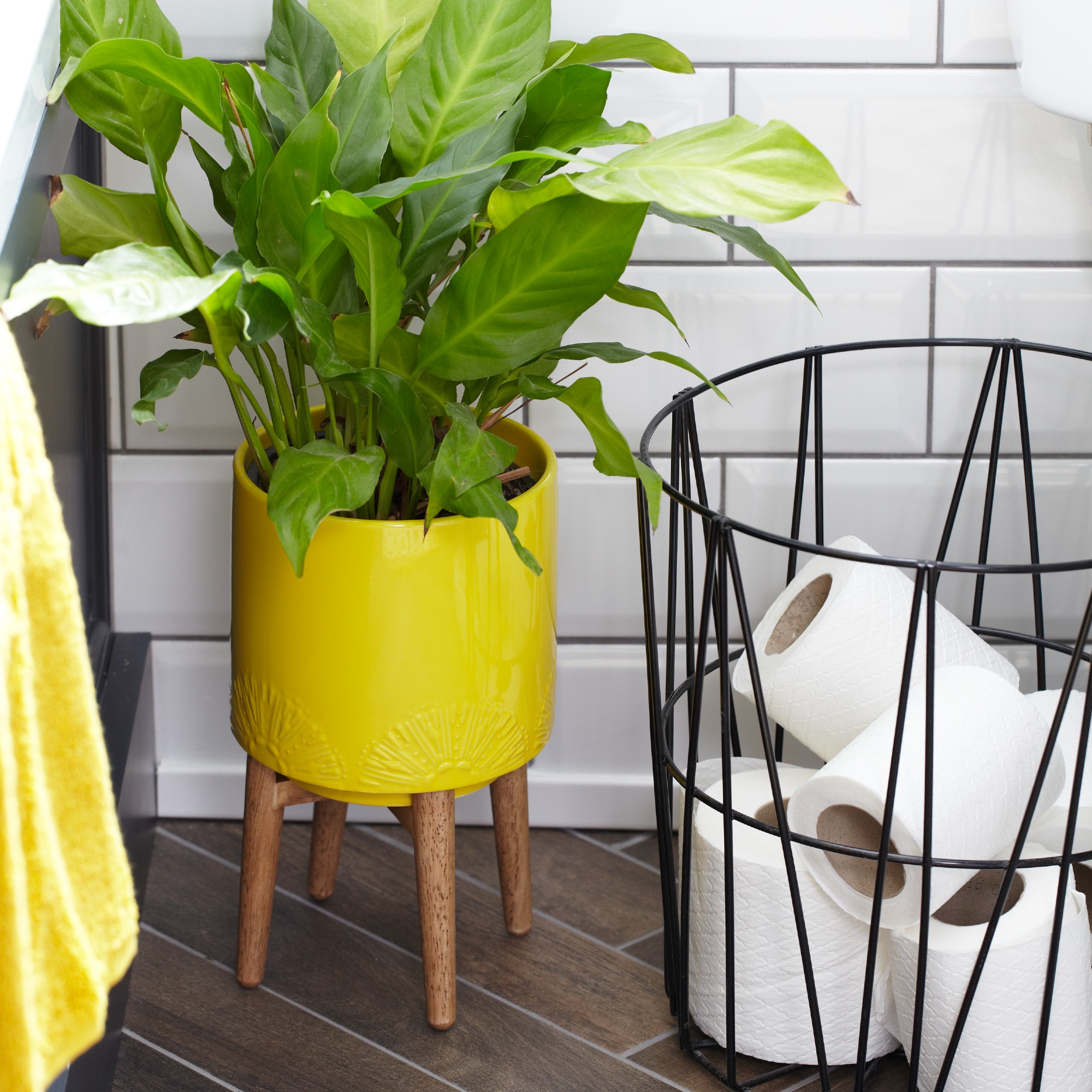4 ways to use empty toilet paper rolls in the garden instead of throwing them away
Turn waste into winnings


EDITOR’S NOTE: An earlier version of this article included a quote from a purported expert whose credentials we have not been able to verify. The quote has been removed. We regret this lapse in our verification process and have updated our internal protocols to reduce the risk of recurrence.
The garden is the perfect place for reusing and repurposing household items and items that would otherwise be thrown away, and one of those may currently be in your recycling bin, because did you know there are several ways to use toilet paper rolls in the garden?
Repurposing things from around the house for your outdoor space is one of the latest garden trends, whether it’s using old towels in the garden or sprinkling leftover coffee grounds in your garden borders to deter pests.
Empty toilet paper roll tubes are made from untreated cardboard which makes them the perfect material to utilise in the garden. Here's what they can be used for...

How to use toilet paper rolls in the garden
Empty toilet paper rolls are a favourite go-to for any home arts and crafts projects often involving the kids, whether it’s making decorations or Christmas crackers. But how to use them in the garden is arguably less known and talked about, although there are several ways in which you can put them to good use.
1. Use toilet paper rolls as seedling starters

The most commonly known way to utilise toilet paper rolls in the garden is undoubtedly turning them into seed starters.
‘Using toilet paper tube rolls as seed starters and small plant pots is a great way to reuse them,’ says Steve Chilton, garden expert at LeisureBench.
‘This is because they're small and biodegradable, meaning they can be used in the ground once they're done with and it shouldn't affect your soil or garden negatively.’
Sign up to our newsletter for style inspiration, real homes, project and garden advice and shopping know-how
‘I recommend filling up the rolls with soil, then planting your seeds in them. You can then plant the entire roll into the ground once the seedlings or plants are ready to be moved to their permanent home.’

Steve is a passionate and knowledgeable garden expert with several years of experience within the field. As the director of LeisureBench, an industry-leading garden furniture company, Steve has developed strong expertise for all things nature and plants.

There are several crops that can be grown this way. ‘You can plant sweet peas and broad beans, which can easily start growing in cardboard tubes until they are ready to be planted,’ says Petar Ivanov, Fantastic Gardeners' gardening expert.
‘If you don't have enough toilet roll tubes, you can also use the inside of a kitchen roll or a roll of wrapping paper. You can also plant carrot seedlings, sweet peas, and parsnip seeds in toilet roll tubes.’
‘If the plant needs a deep rooting area rather than a wide rooting area, then the chances are it'll be perfect for growing in a toilet roll tube and it's one of the best and most inexpensive ways to grow the seedlings before transferring them to your garden.’
2. Use toilet paper rolls in your garden compost

Similarly to using tea bags in the garden, toilet paper rolls also make for the perfect addition to your garden compost.
As mentioned, the rolls are made with cardboard which is biodegradable and can break down in the compost, also releasing carbon which is essential for the composting process as explained by Monty Don when sharing a tip for adding cardboard boxes and paper waste from the holidays into the garden compost.
3. Use toilet paper rolls as weed control

You can squash toilet rolls down flat or open them out and lay them over your borders before you mulch. This will help to keep the weeds down, a technique similar to using old clothes in the garden as weed barriers.
4. Use toilet paper rolls to make bird feeders

If you’re looking for upcycling ideas for the garden, then making loo rolls into bird feeders is probably the easiest and cheapest one you could come across.
You can do this by making two small holes in the top of your roll and feeding through some string, so you can hang it up. At the other end, make two holes on either side of the tube. This is so you can push through a kebab skewer or stick, to give the birds something to perch on.
Before you push in your skewer, coat your tube in a bird-friendly fat such as suet and roll it in your bird seed.

So next time, save those empty toilet paper rolls for your gardening rather than chucking them out.

Sara Hesikova has been a Content Editor at Ideal Home since June 2024, starting at the title as a News Writer in July 2023. She is now also the Ideal Home Certified Expert in Training on Furniture, and so far has tested over 150 different sofas.
Graduating from London College of Fashion with a bachelor’s degree in fashion journalism in 2016, she got her start in niche fashion and lifestyle magazines like Glass and Alvar as a writer and editor before making the leap into interiors, working with the likes of 91 Magazine and copywriting for luxury bed linen brand Yves Delorme among others.